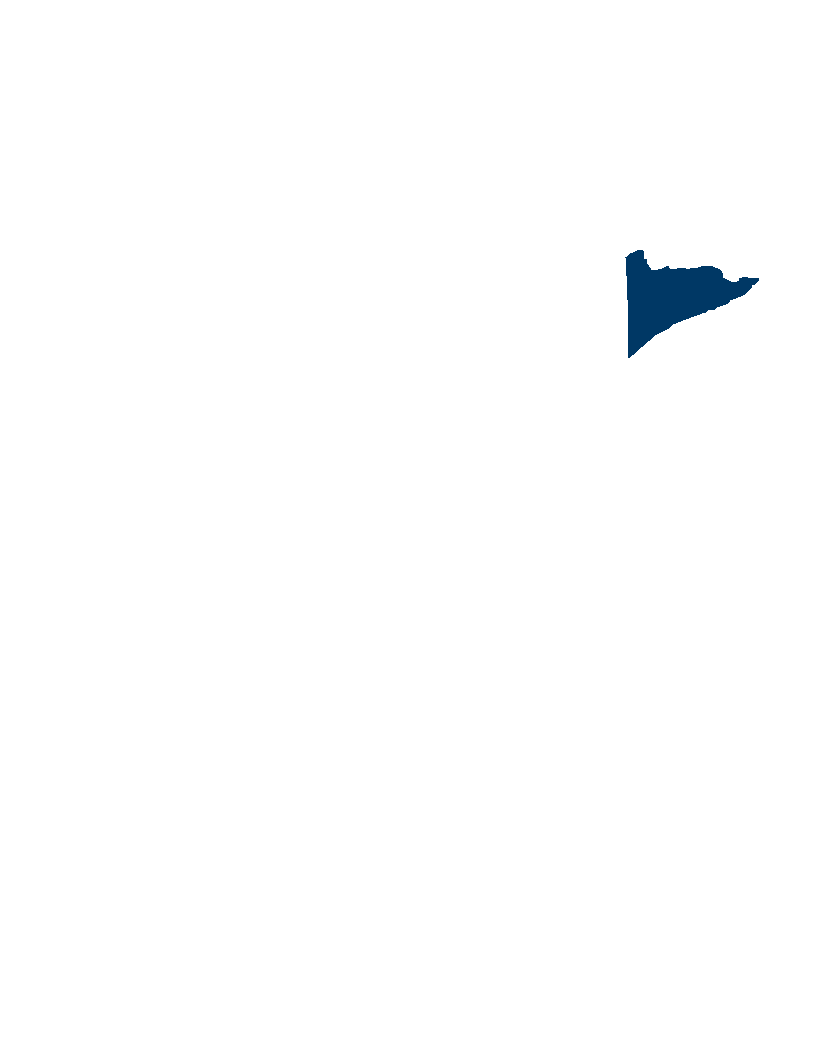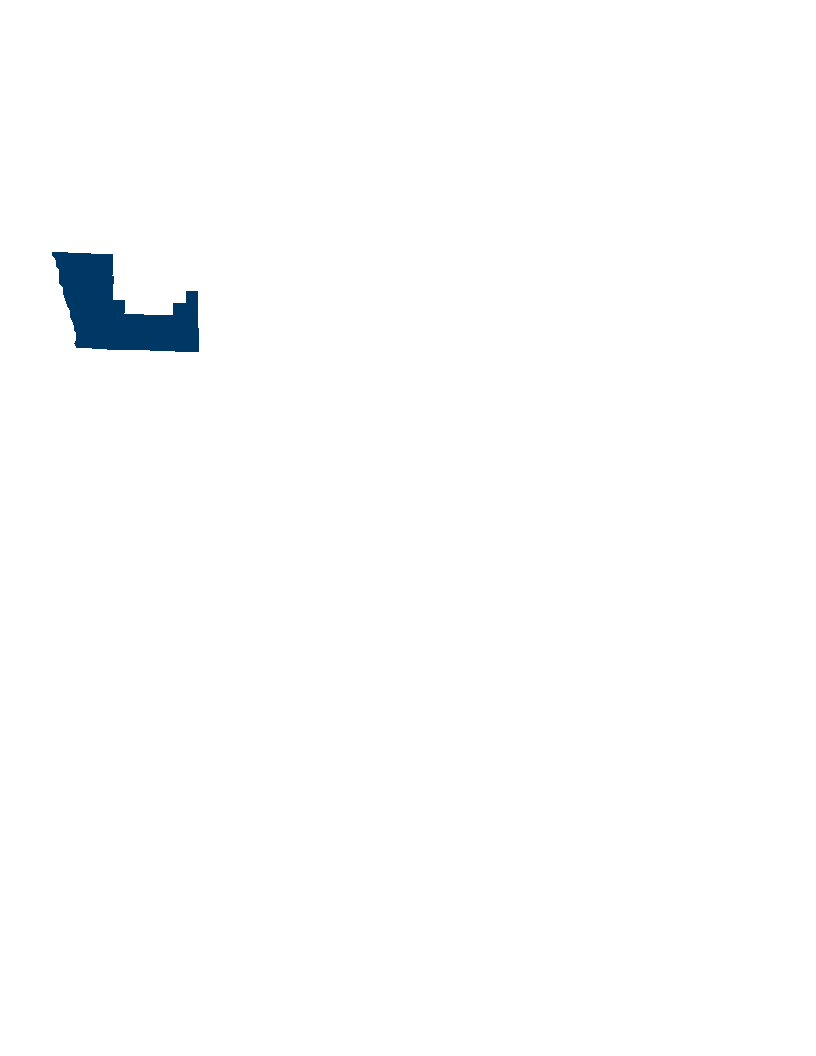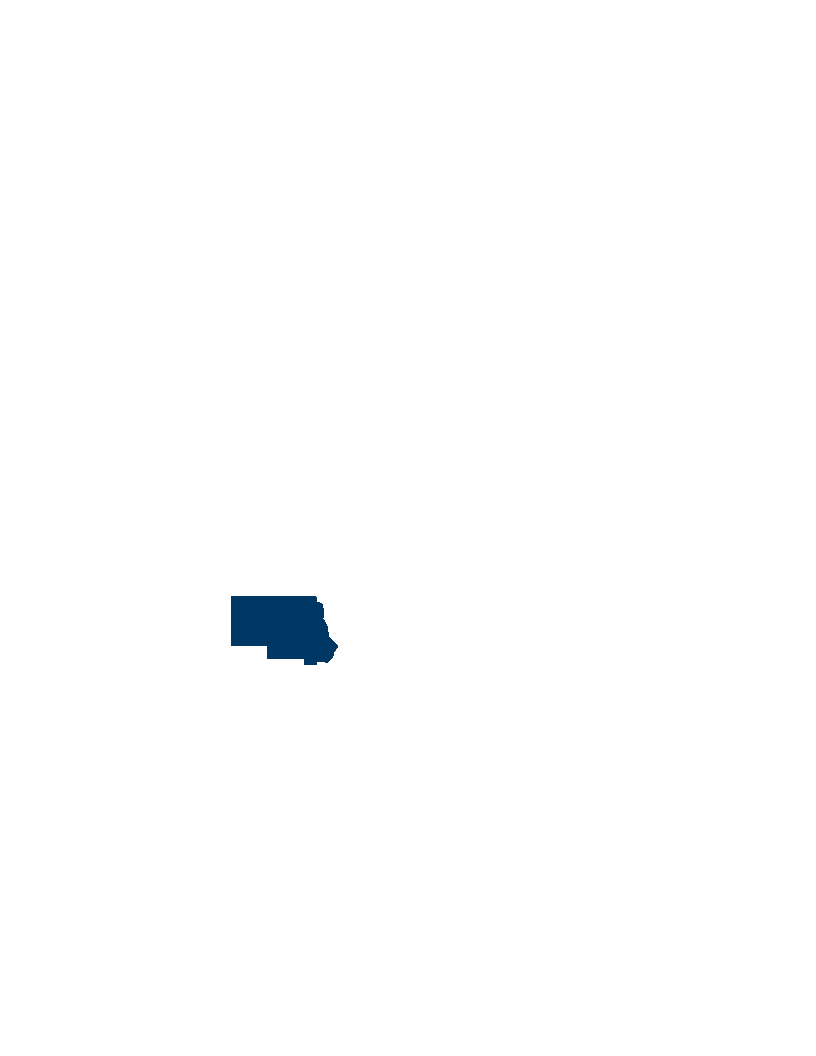DNR Roving Crew Phase 2
Grasslands and wetlands in western Minnesota continues to be the most threatened habitat in the state. At the same time, the DNR continues to work to make the state's forests more productive for wildlife, timber, and other compatible uses. This request will realign and streamline previous funding requests by placing all DNR Roving Crews under a single proposal and appropriation.
This proposal will enhance wildlife habitat on permanently protected lands, most of which are open to public hunting. These include DNR WMAs, SNAs, AMAs, NPB easements, State and National Forests, as well as WPAs and NWRs
Roving Crews are fully equipped to conduct a range of habitat projects. The staff on these crews are solely dedicated to habitat enhancement and restoration. They do not work on infrastructure or non-habitat projects. In the prairies and western prairie pothole wetlands, they focus on prescribed burns, tree removal, grassland restorations, removal of old fencing, installing fenceposts for conservation grazing. In wetlands the focus is on wild rice collection and seeding, water control structure repair, wetland restorations with earth moving equipment, invasive species control, cattail spraying, and sediment removal. Forest projects include prescribed burns in fire-dependent forests and brushlands; seed harvesting and planting, seedling planting, protection, and/or release of species such as oak and winter cover such as conifer; mowing and shearing of brushlands; maintenance of wildlife openings; and control of invasive species.
While forest harvest is a valuable tool for many types of forest habitat enhancement, there are some habitat enhancements that harvests don't do or enhancements that can be done post-harvest to quickly improve habitat quality for wildlife. This can be especially true for practices such as shearing brushlands, where there isn't a strong economic incentive but numerous species of wildlife require these habitats for all or some stages of life. Prescribed fire can be used more to stimulate oak/acorn production for wildlife and improve pine forests as well as set back invasives.
Making these habitat productive and diverse benefits wildlife as well as benefits native pollinators and commercial beekeepers. Enhancing all of these habitats maximizes the ecosystem services these habitats provide such as nitrate filtration, floodwater capture, and groundwater recharge, all in addition to the wildlife benefits.
In the farmland region, we continue to lose ground on wetlands and grasslands. Therefore, its critical that the remaining public and protected habitats are in as high a quality as possible to both produce resident wildlife, such as pheasants, and be attractive to migratory wildlife, waterfowl that breed to our north.
This proposal will fund the three existing 8 person grassland/wetland Roving Crews located east of Crookston (DNR Region 1), Lac Qui Parle (Region 4), and Rosemount (Region 3). This will also fund the newly established (ML19/FY20 appropriation) 6 person crew south of Fergus Falls and 4 person northeast forest crew (ML20/FY21 appropriation). This will be a total of 34 crew staff.
We estimate that on a good to average year the crews will enhance over 28,000 acres of habitat annually, or 56,000 acres over two years, across the state.
$8,732,000 the first year is to the commissioner of natural resources to restore and enhance fish and wildlife habitat on permanently protected lands throughout Minnesota using the roving crew program of the Department of Natural Resources. A list of restoration and enhancement projects must be provided as part of the required accomplishment plan.
Healthy populations of endangered, threatened, and special concern species as well as more common species - Monitoring will take place with the base level monitoring conducted by DNR staff and staff from other agencies/NGOs. This includes surveys such as moose, sharp-tailed and ruffed grouse, and woodcock, which are all dependent on open areas.
Protected, restored, and enhanced nesting and migratory habitat for waterfowl, upland birds, and species of greatest conservation need - Migratory game and non-game birds will be some of the primary beneficiaries of this work. We hope to continue to strengthen partnerships with the University of Minnesota to incorporate graduate students into research and monitoring work.
Core areas protected with highly biologically diverse wetlands and plant communities, including native prairie, Big Woods, and oak savanna - Monitoring will take place with the base level monitoring conducted by DNR staff and staff from other agencies/NGOs.
Restored and enhanced upland habitats - The multi-agency/NGO Grassland Monitoring Team (GMT) has developed standardized protocols for sampling grassland vegetation and a number of the sites on this request will be sampled over the 5 year period. They recently published the first results of this project
























